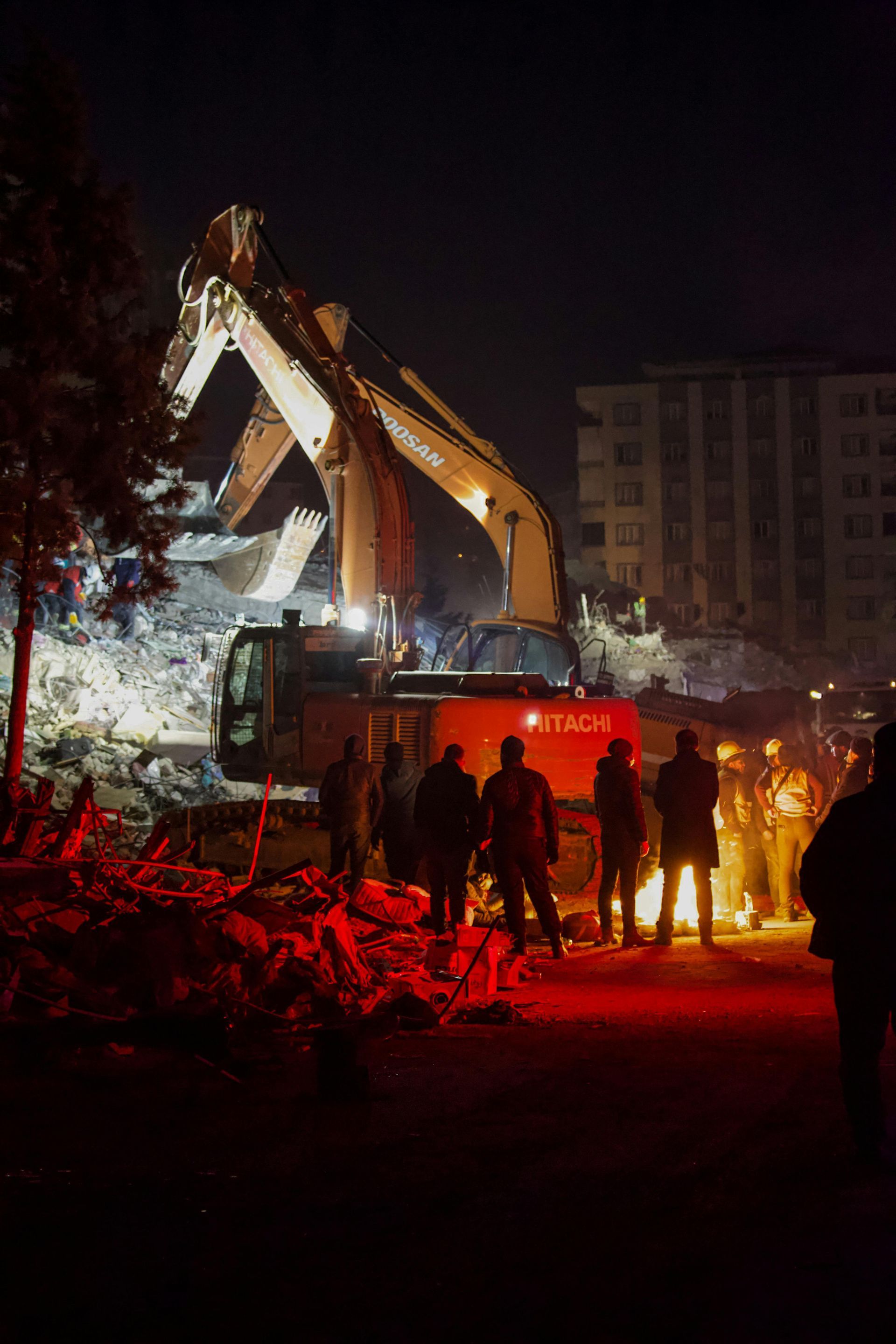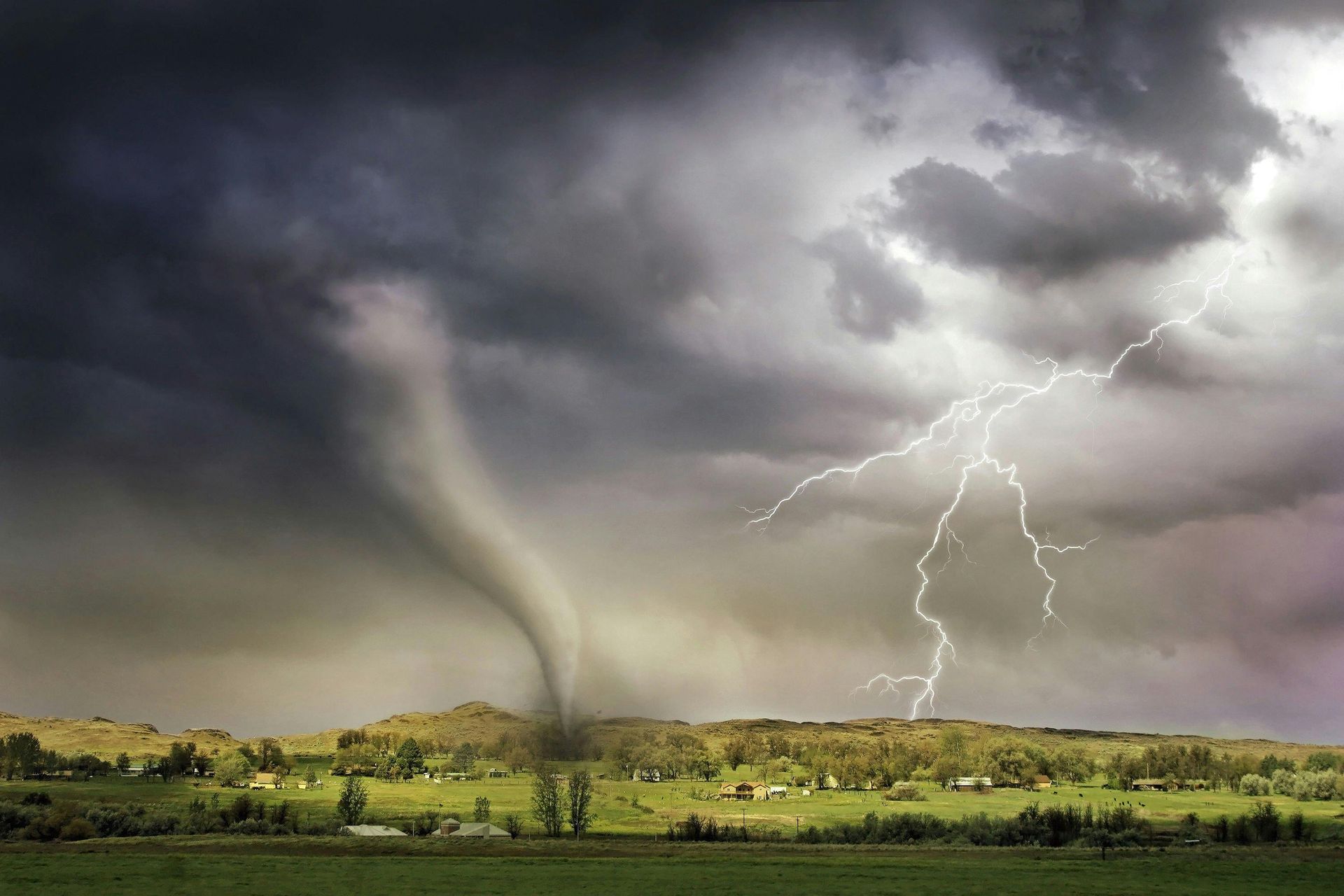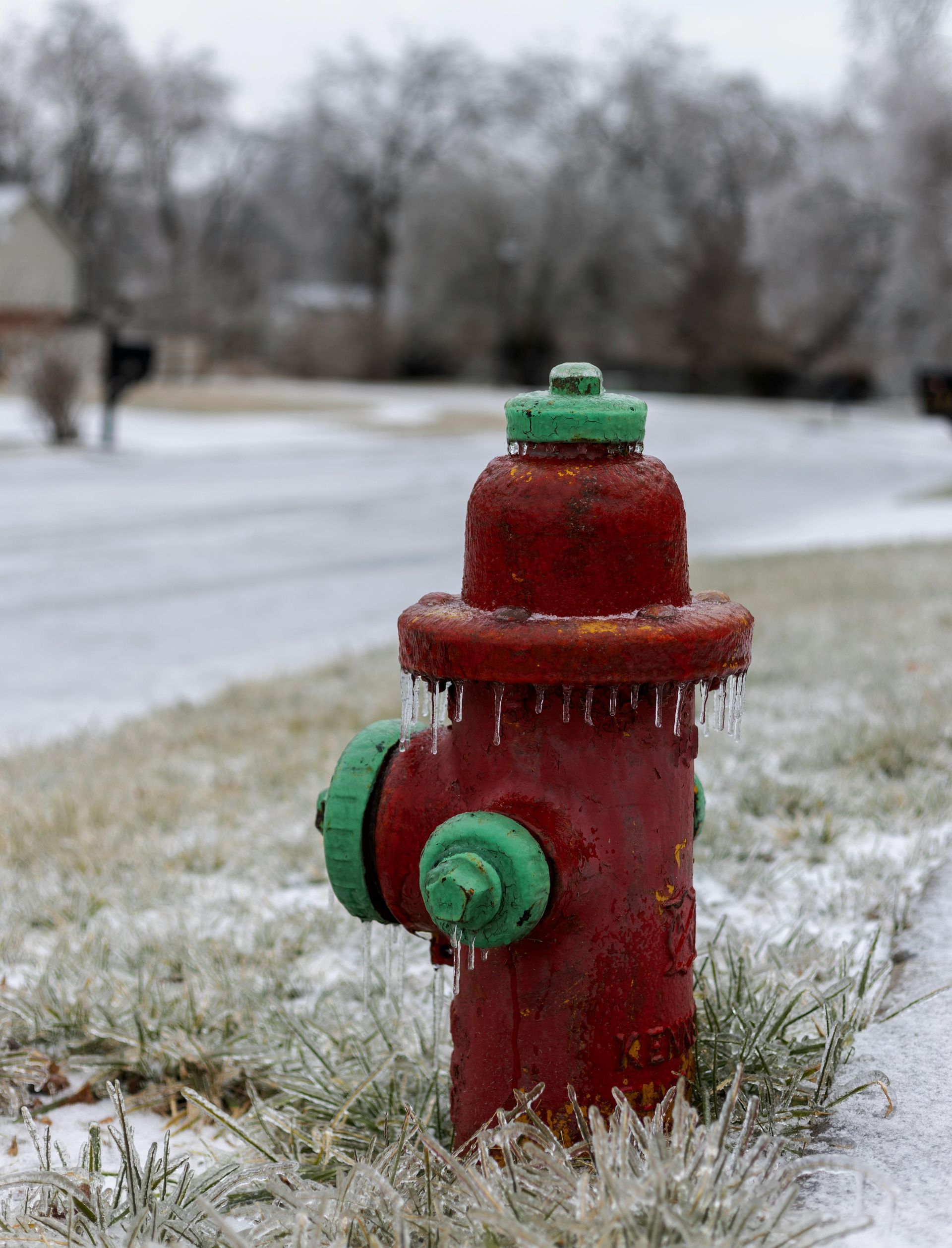From Devastation to Restoration
When disaster strikes, the damage to your home or business can feel overwhelming. Whether it’s a hurricane, flood, tornado, or fire, the recovery process is a journey from devastation to restoration. It’s a time of rebuilding, not just structures but also a sense of normalcy and security. Understanding what to expect during this process can help you navigate it with confidence and hope.
Here’s a step-by-step guide to what you can expect during the recovery process and how to move forward effectively.
Step 1: Ensure Immediate Safety
The aftermath of a disaster can present serious hazards. Before beginning any recovery work, ensure the safety of everyone involved.
Safety Checklist:
- Check for Hazards: Be alert for gas leaks, exposed wires, and structural instability.
- Follow Local Guidelines: Wait for clearance from local authorities before returning to your property.
- Wear Protective Gear: Gloves, boots, and masks can protect you from sharp debris, contaminants, and mold.
Pro Tip: If you suspect that your property is unsafe, contact professionals to assess the situation before entering.
Step 2: Assess the Damage
Once it’s safe, begin assessing the scope of damage to your property. This step is crucial for prioritizing repairs and initiating the insurance claims process.
Key Areas to Inspect:
- Exterior: Look for damage to the roof, siding, windows, and foundation.
- Interior: Check for water intrusion, structural cracks, and smoke or soot damage.
- Utilities: Test electricity, gas, and water systems for functionality.
Document Everything: Take photos and videos of the damage, and make a detailed inventory of affected areas and items. This documentation will be vital for insurance purposes.
Step 3: Contact Your Insurance Provider
Filing an insurance claim is one of the first steps toward recovery. Notify your provider as soon as possible to begin the process.
Tips for Working with Your Insurance:
- Be Thorough: Provide photos, videos, and an inventory of damaged items.
- Understand Your Policy: Familiarize yourself with your coverage, deductibles, and any exclusions.
- Request Adjuster Visits: Schedule a visit from an insurance adjuster to evaluate the damage.
Pro Tip: Keep records of all communication with your insurance company, including emails, phone calls, and receipts for expenses.
Step 4: Mitigate Further Damage
To prevent additional damage while waiting for repairs, take temporary measures to secure your property.
Temporary Fixes to Consider:
- Cover Openings: Use tarps or plywood to cover broken windows or roof holes.
- Remove Water: Use pumps, fans, and dehumidifiers to dry out flooded areas.
- Secure Loose Items: Anchor furniture and remove debris that could cause further harm.
Reminder: Keep receipts for any materials or services used for temporary repairs, as these may be reimbursed by insurance.
Step 5: Engage Professional Help
Disaster recovery often requires expertise in multiple areas. Hiring the right professionals ensures the work is done safely and effectively.
Key Professionals to Consult:
- Restoration Specialists: Experts in water, fire, and storm damage repair can assess hidden issues and provide comprehensive solutions.
- Contractors: Licensed contractors can handle structural repairs and renovations.
- Mold Remediation Experts: In cases of water damage, addressing mold early is critical for health and safety.
Pro Tip: Choose experienced, reputable professionals, like Disaster South, who specialize in disaster recovery and restoration.
Step 6: Create a Restoration Plan
Restoration is a process that involves several phases. Developing a clear plan will keep you organized and focused on each step.
Elements of a Restoration Plan:
- Prioritize Structural Repairs: Address critical issues like roofing, walls, and foundation stability first.
- Tackle Water Damage: Dry out and repair areas affected by flooding or leaks to prevent mold and decay.
- Plan for Aesthetics: Once the structure is sound, focus on repainting, flooring, and other cosmetic repairs.
Reminder: Restoration timelines can vary depending on the severity of the damage, availability of materials, and weather conditions.
Step 7: Focus on Emotional Recovery
The devastation of a disaster isn’t just physical—it takes an emotional toll as well. It’s important to prioritize mental health and well-being during the recovery process.
Strategies for Emotional Recovery:
- Seek Support: Connect with family, friends, or support groups to share experiences and coping strategies.
- Practice Self-Care: Maintain a routine, eat well, and rest to manage stress.
- Consider Counseling: Professional counseling can help you process the trauma of the event.
Pro Tip: Involve children in simple restoration tasks to give them a sense of control and resilience.
Step 8: Rebuild Smarter and Stronger
Restoration is an opportunity to enhance your property’s resilience against future disasters. Investing in upgrades can provide long-term protection and peace of mind.
Resilient Upgrades to Consider:
- Impact-Resistant Materials: Install durable roofing and storm shutters to protect against high winds and flying debris.
- Elevated Systems: Raise electrical panels, water heaters, and appliances above flood levels.
- Improved Drainage: Add sump pumps, backflow valves, or French drains to reduce flooding risk.
Pro Tip: Work with contractors to identify ways to incorporate disaster-resistant materials and techniques into your repairs.
Step 9: Reconnect Utilities and Systems
Once structural repairs are complete, focus on restoring essential utilities and systems.
Utility Reconnection Checklist:
- Inspect Electrical Systems: Ensure wiring and outlets are safe and functional.
- Test Plumbing: Check for leaks, clogs, or contamination in water lines.
- Reinstall HVAC Systems: Clean and test heating and cooling systems for debris or damage.
Reminder: Always hire licensed professionals for utility work to ensure safety and compliance with local codes.
Step 10: Prepare for Future Disasters
Disasters are unpredictable, but preparing for the future can help minimize damage and disruption.
Preparation Tips:
- Create an Emergency Plan: Include evacuation routes, communication strategies, and designated shelters.
- Stock an Emergency Kit: Keep essentials like food, water, flashlights, and first-aid supplies ready.
- Review Insurance Coverage: Update your policy to reflect repairs and new upgrades.
Pro Tip: Schedule regular maintenance, such as roof inspections and gutter cleanings, to keep your property in top condition.
The Role of Disaster South in Your Recovery
At Disaster South, we understand the challenges of moving from devastation to restoration. Our team is dedicated to providing comprehensive recovery services with care, expertise, and compassion.
How We Help:
- Damage Assessment: Thorough evaluations to identify visible and hidden issues.
- Restoration Planning: Customized plans that prioritize safety and efficiency.
- Expert Repairs: From water extraction to structural rebuilding, we handle it all.
- Resilience Upgrades: Incorporating disaster-resistant features into your restoration.
Contact Us Today: Call 877-84-STORM or visit our website to schedule a consultation and take the first step toward restoring your property.
Conclusion
Recovering from a disaster is a journey that requires patience, planning, and resilience. By following this step-by-step guide, you can move forward confidently, restoring not only your property but also your sense of normalcy.
Remember, you don’t have to face the process alone. Disaster South is here to guide you every step of the way, helping you rebuild your home—and your life—with care and expertise.
Let us help you transform devastation into restoration. Contact Disaster South today for expert disaster recovery services tailored to your needs.









